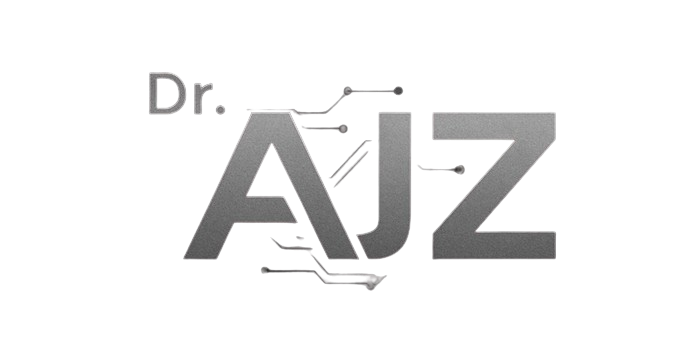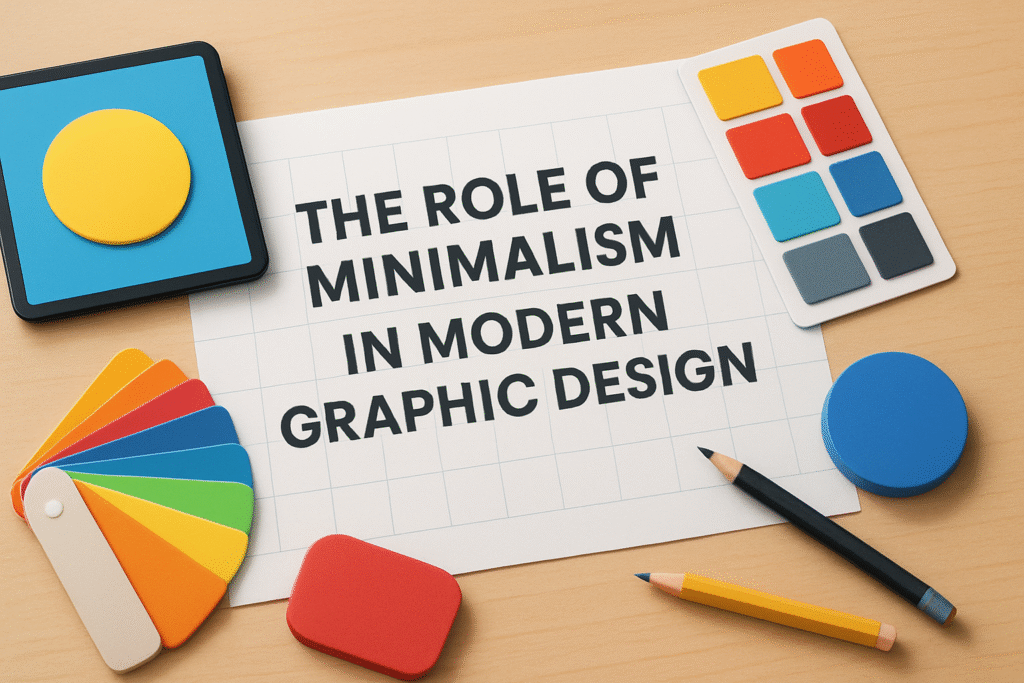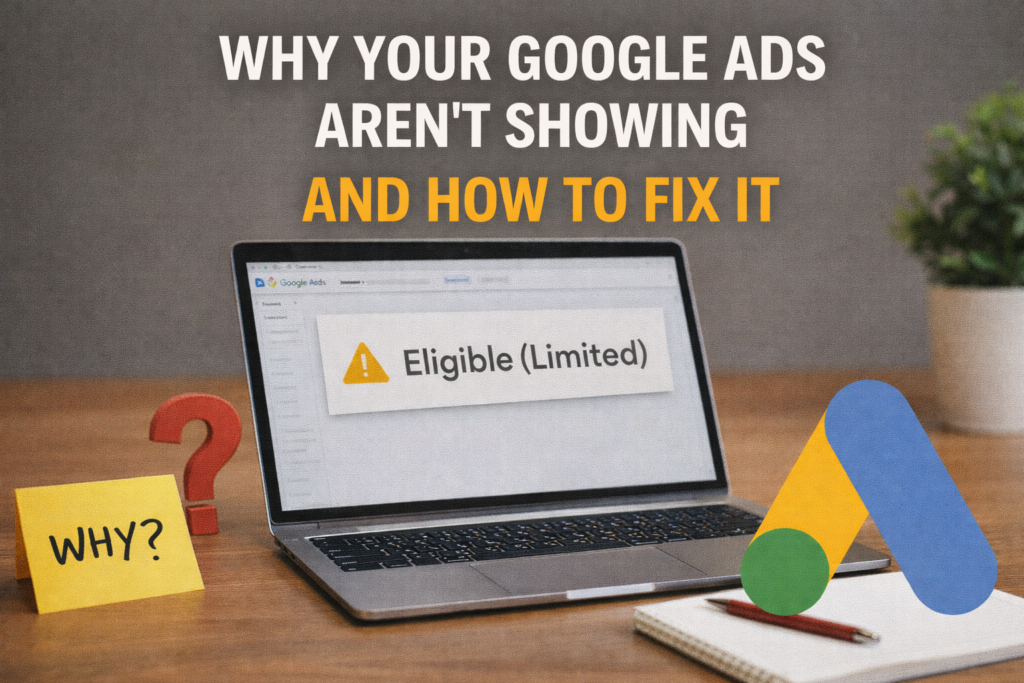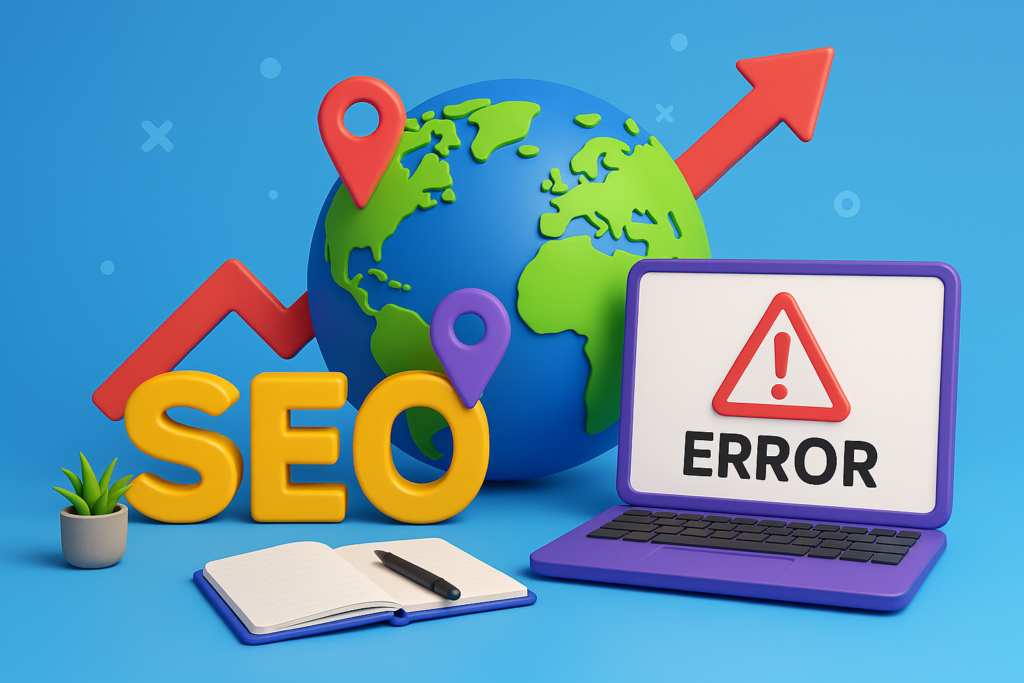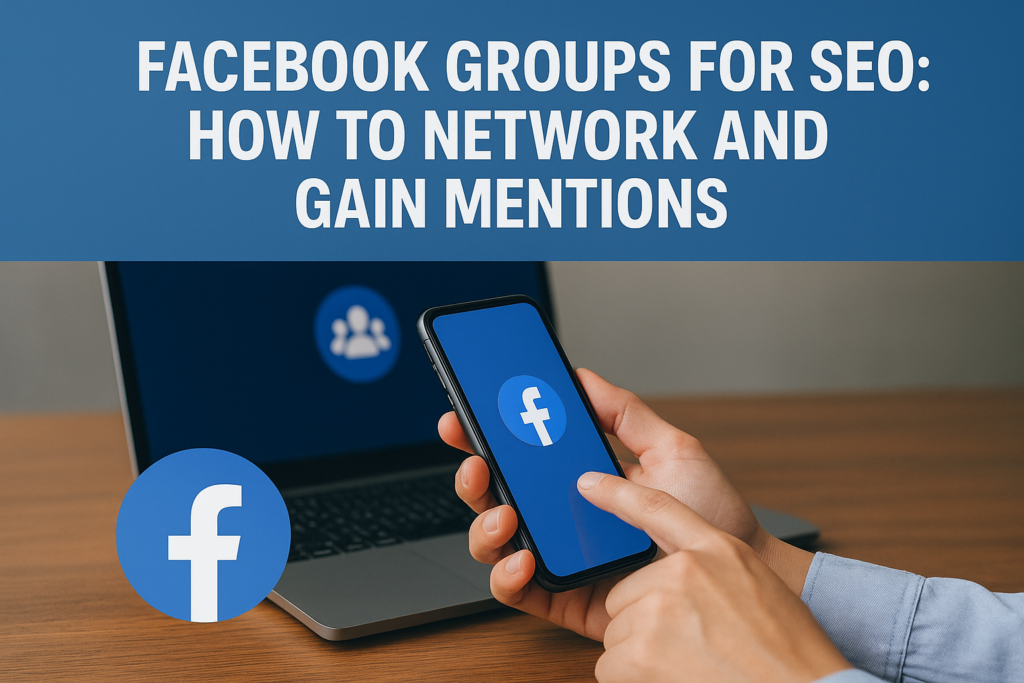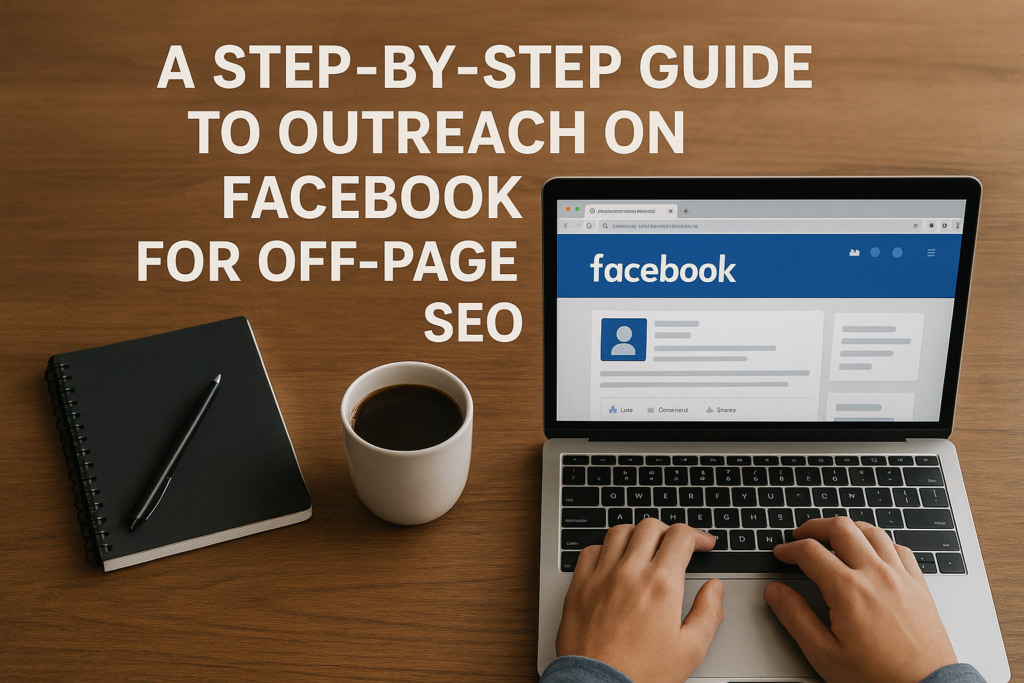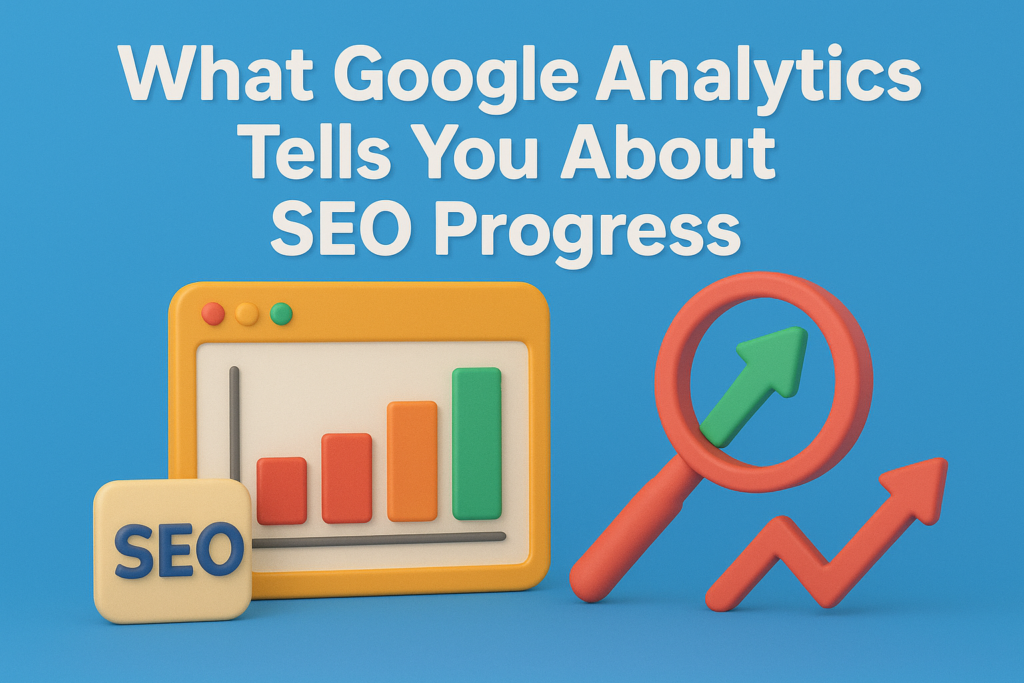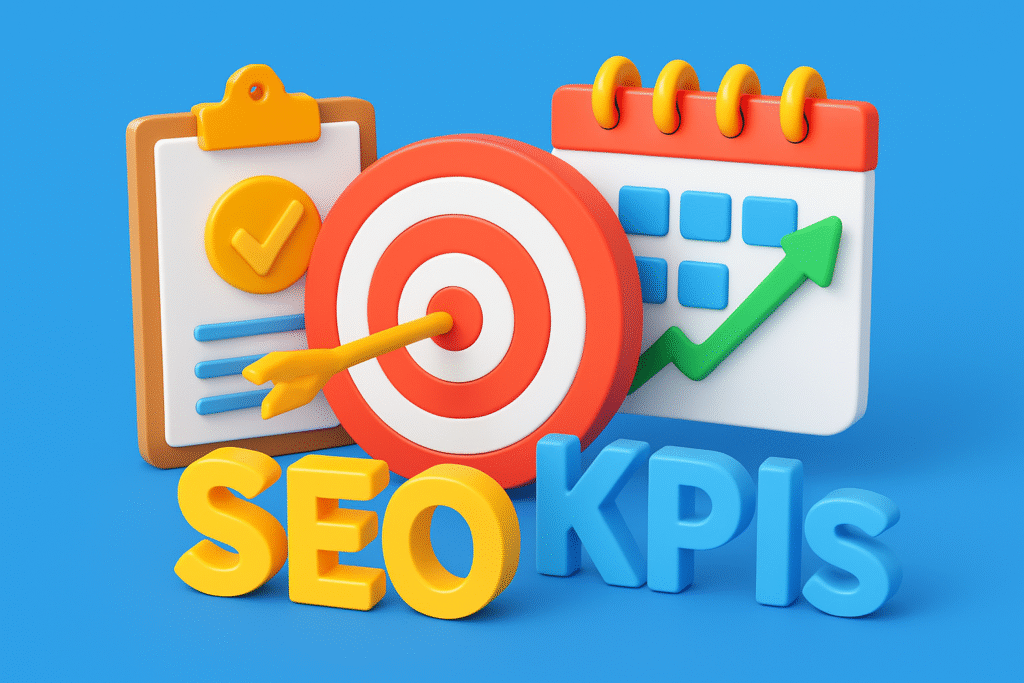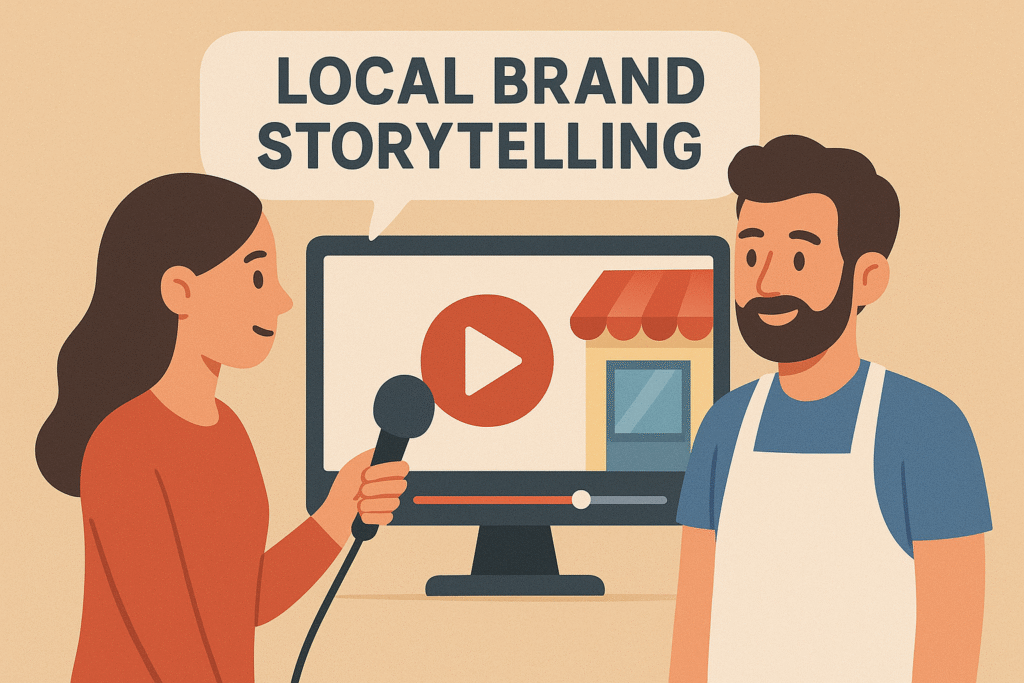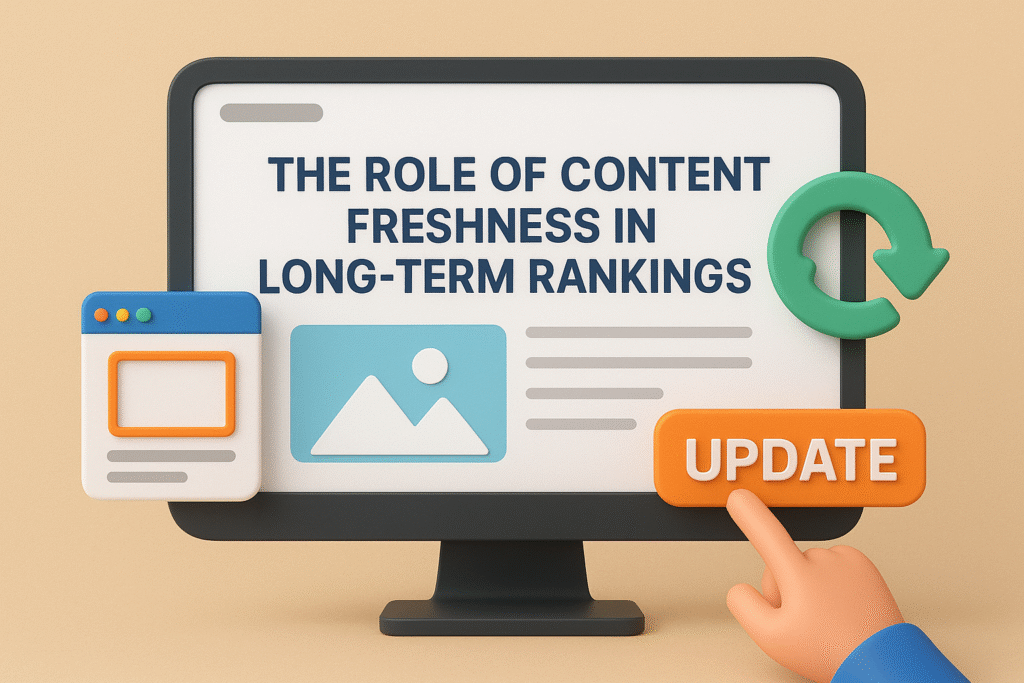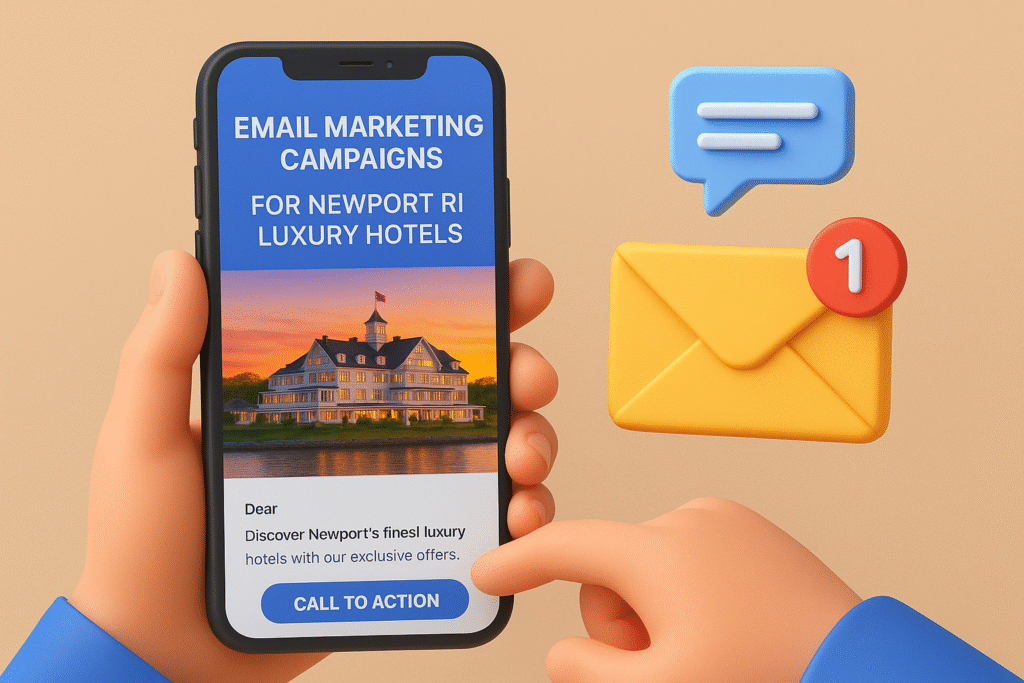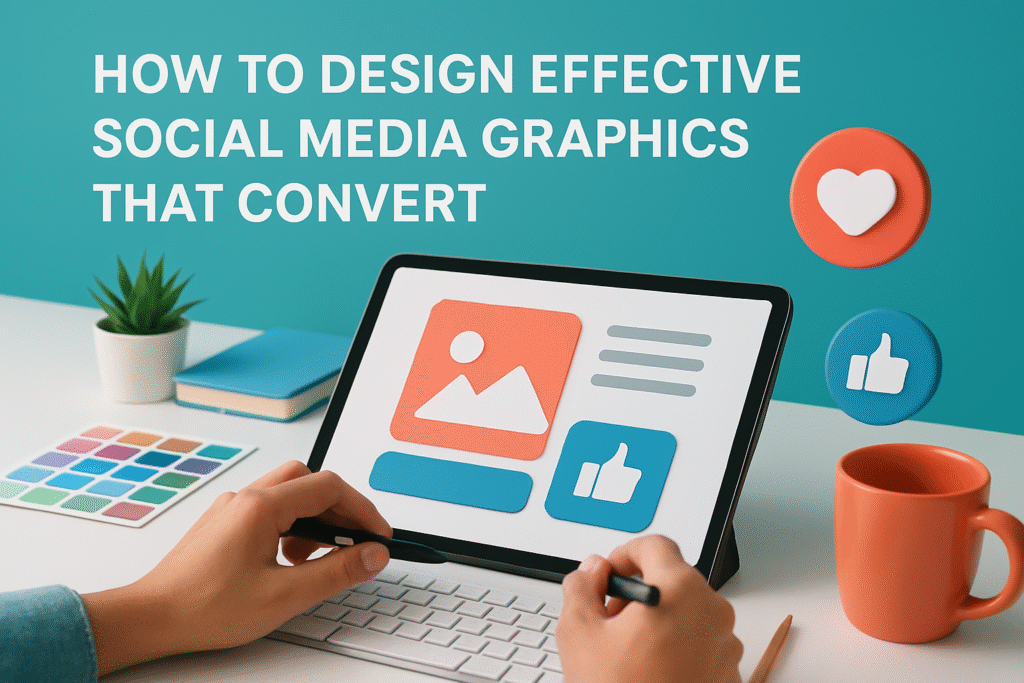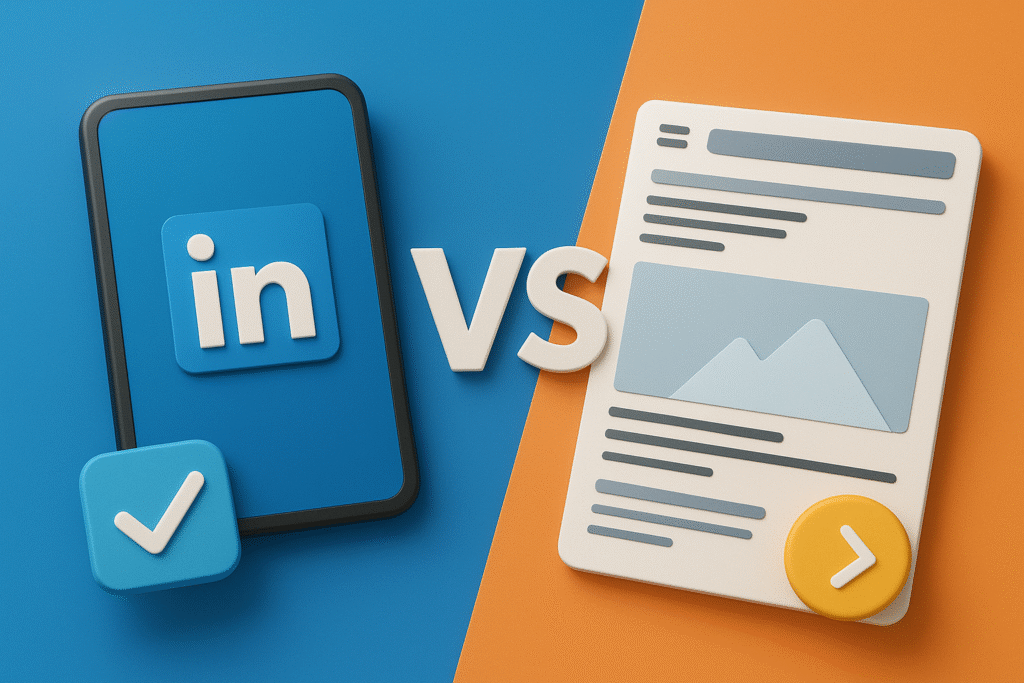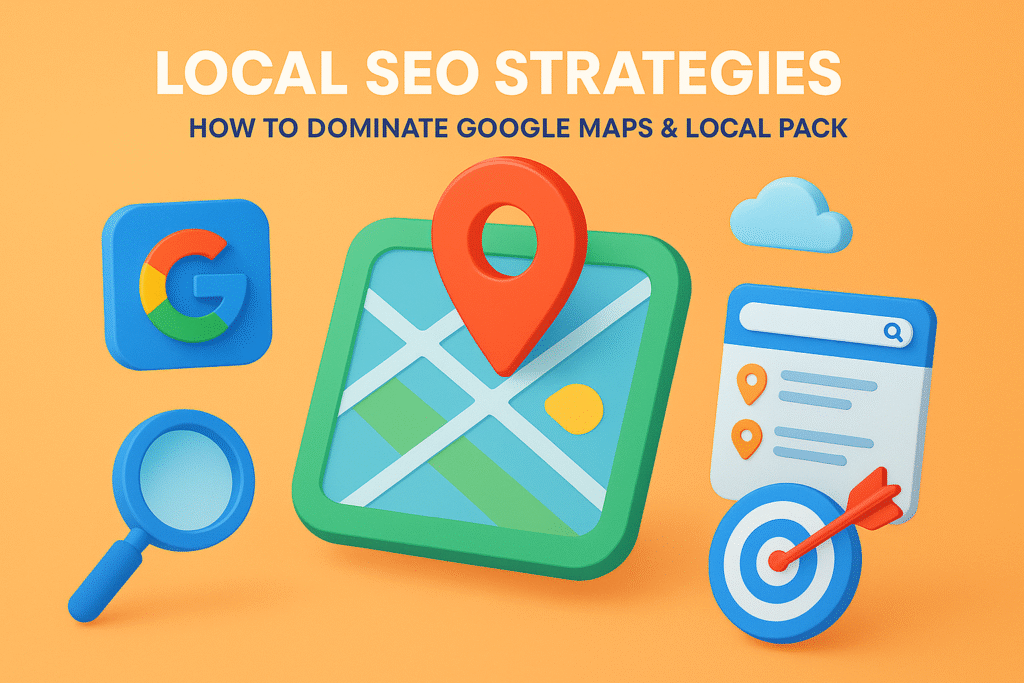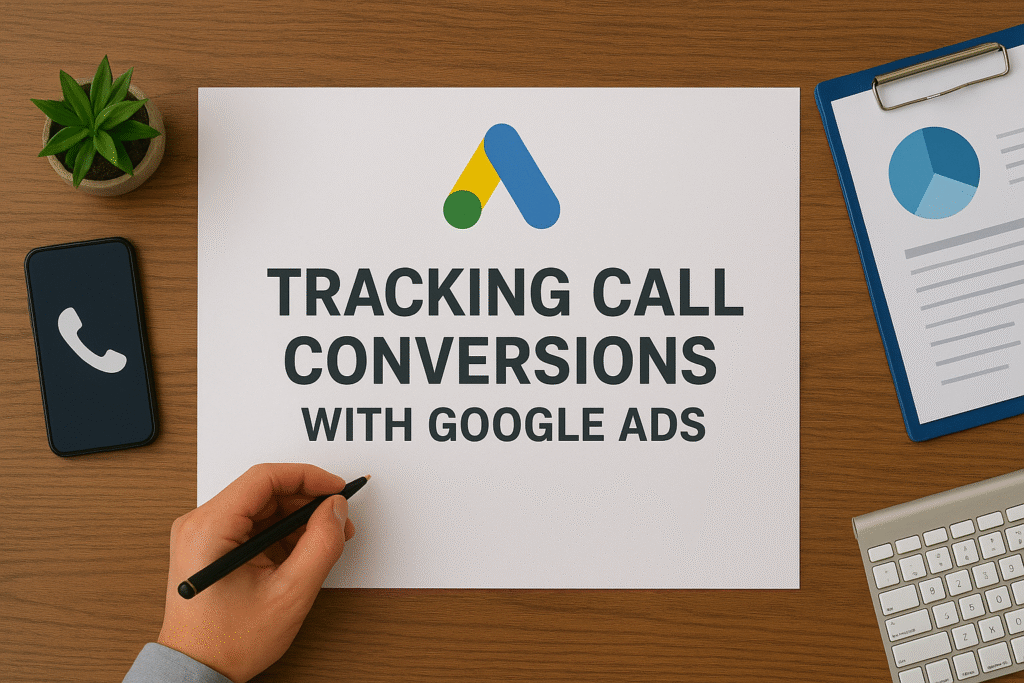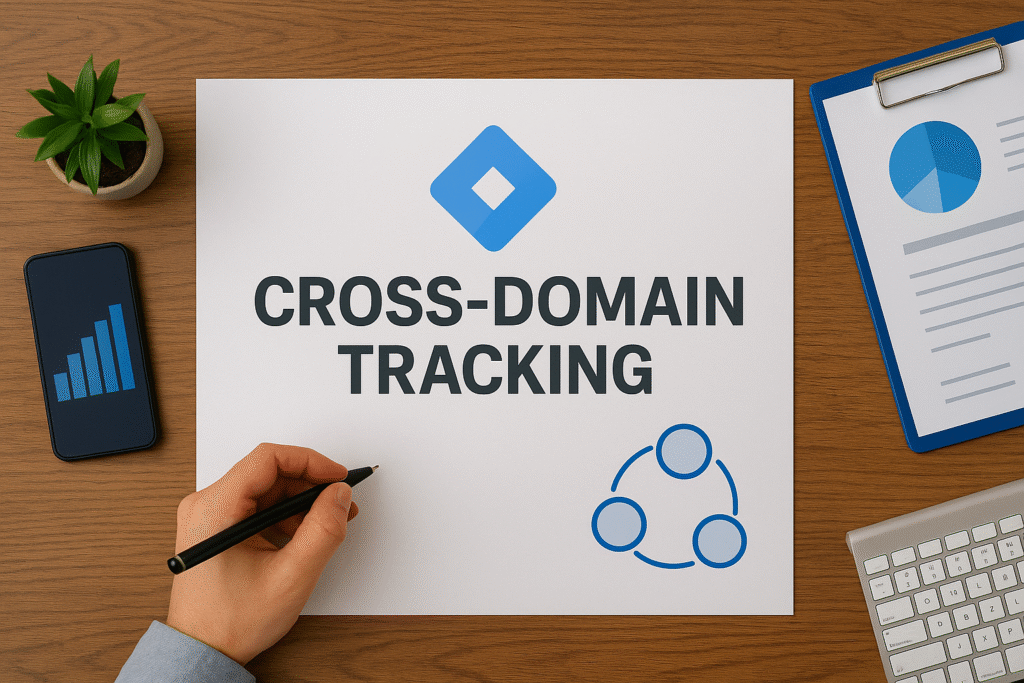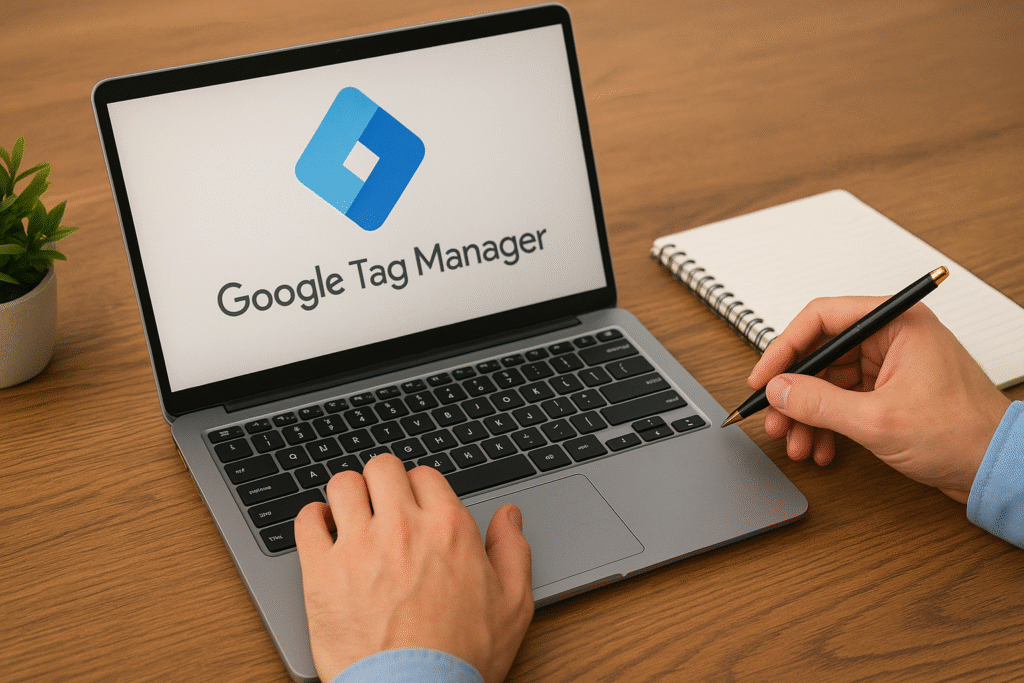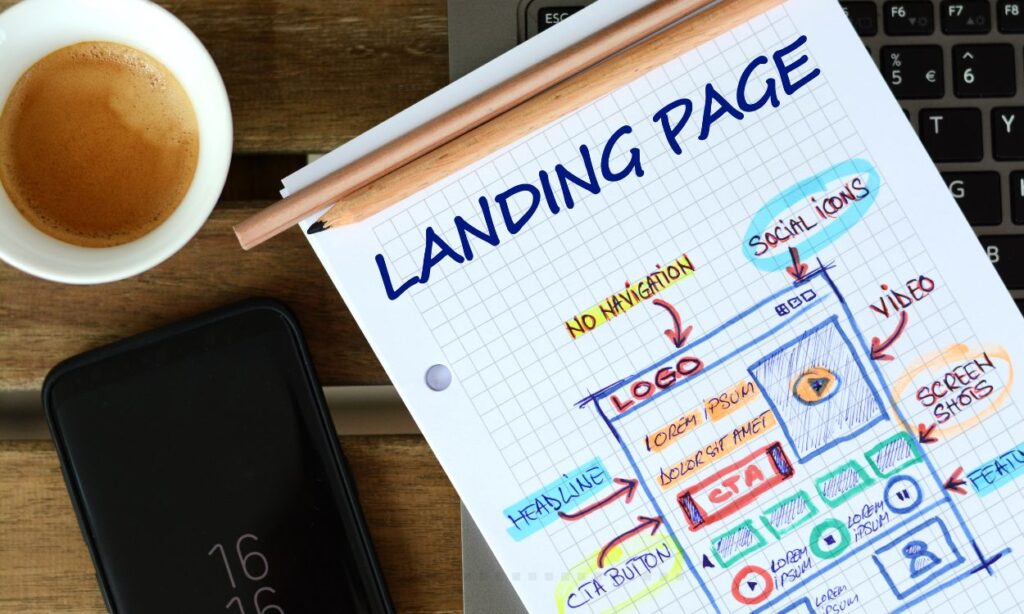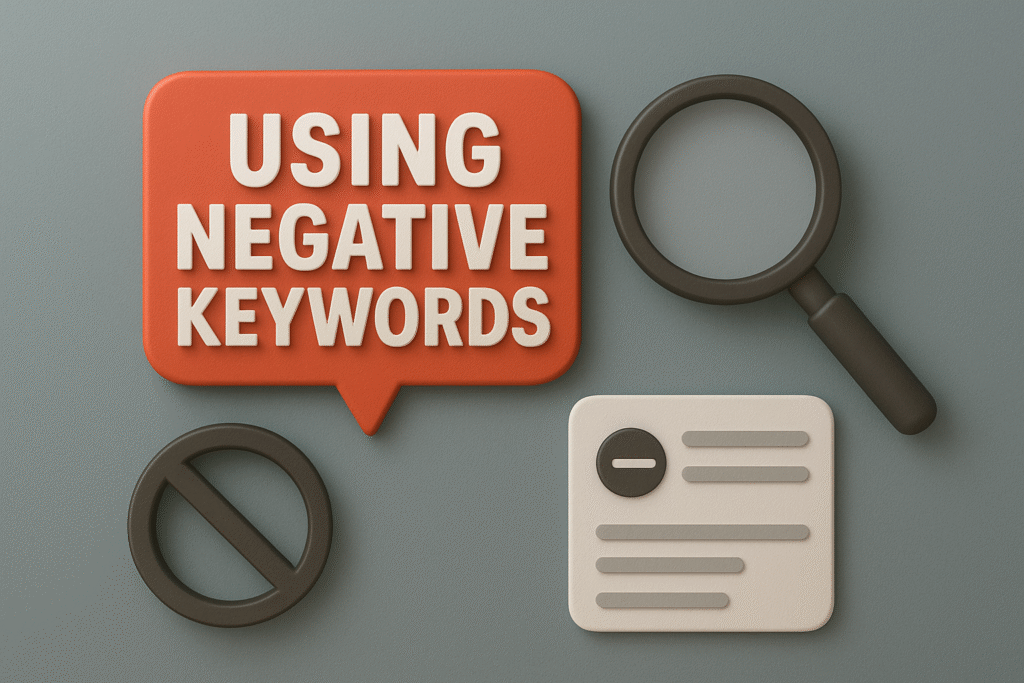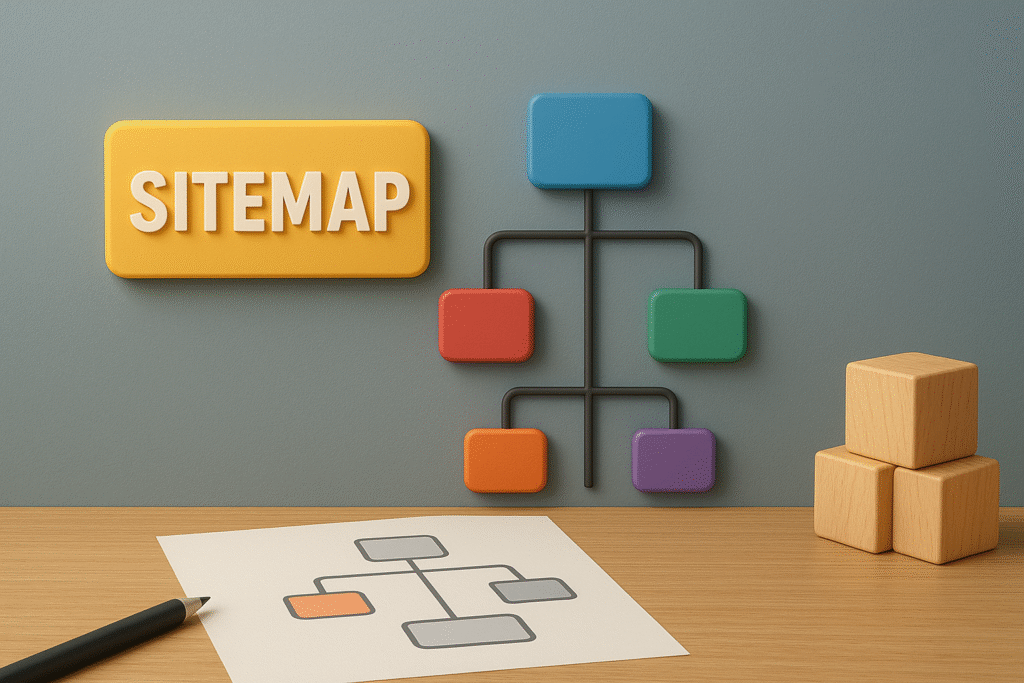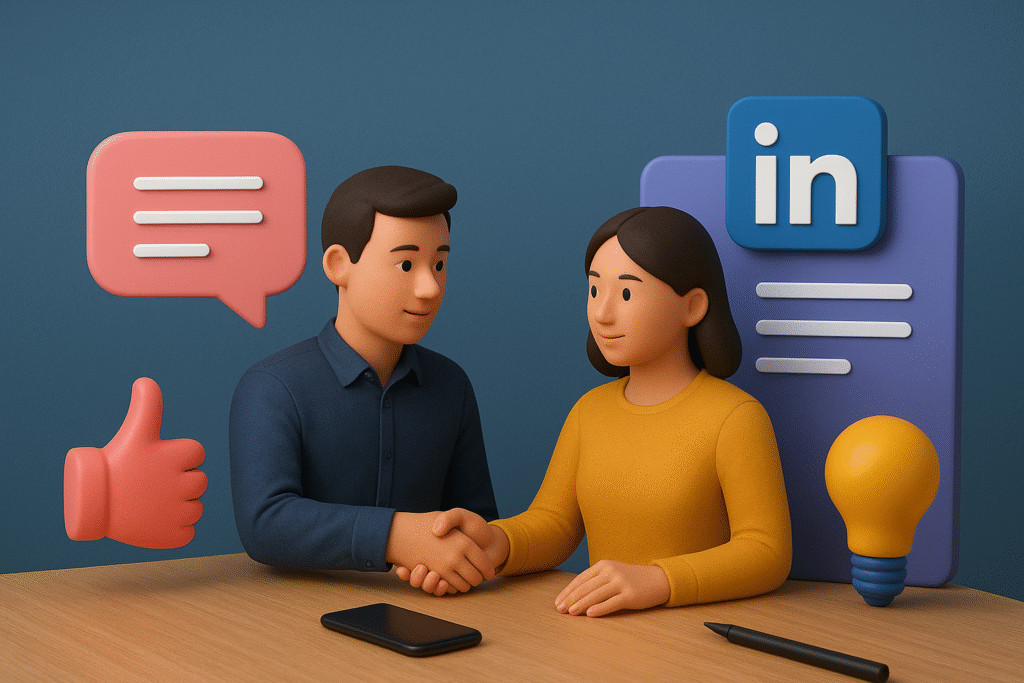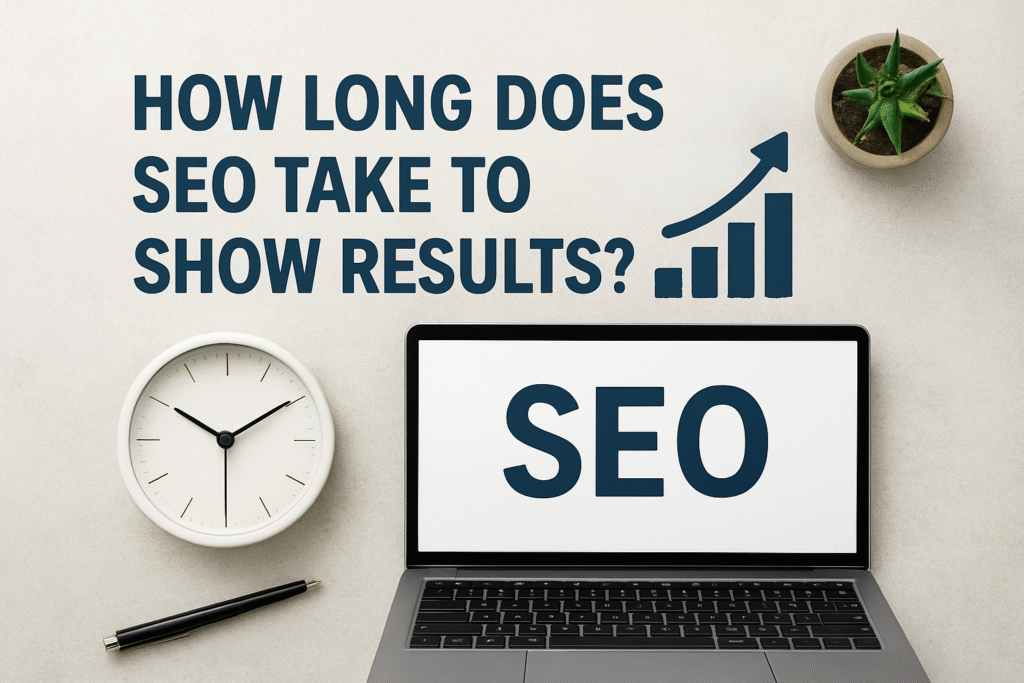Here’s What You’ll Learn in This Article
This blog explores how minimalism shapes modern graphic design, from its Bauhaus-inspired origins to its impact on branding, UX, and digital communication. You’ll learn how simplicity enhances clarity, user engagement, and brand recognition. It also covers modern minimalist trends, common mistakes to avoid, and tools for clean, functional design. By the end, you’ll understand how minimalism transforms visuals into powerful, timeless storytelling that connects brands with audiences effortlessly.
Introduction
In a world flooded with visuals, flashy animations, and endless scrolling feeds, clarity has become the ultimate luxury. This is where the role of minimalism in modern graphic design takes center stage. Minimalism isn’t about stripping everything away; it’s about focusing on what truly matters — form, function, and communication.
“Stat: Visual simplicity increases user understanding and engagement by up to 47%.”
Source: Nielsen Norman Group
Modern design trends shift constantly, but minimalism continues to thrive because it aligns with user expectations, digital aesthetics, and brand clarity. It’s not just a design style; it’s a communication philosophy.
The Origins of Minimalist Design
To understand the role of minimalism in modern graphic design, we need to look back. Minimalism emerged as a reaction to visual clutter in the mid-20th century. It was influenced by the Bauhaus movement and Swiss Style, emphasizing clean lines, structured grids, and functional typography.
Bauhaus designers believed that design should serve people, not overwhelm them. Their motto, “Less but better,” remains at the core of minimalism today.
“Pro Tip: The Bauhaus principle of ‘form follows function’ still defines modern minimalist design.”
Source: The Bauhaus Archive
In the digital age, minimalism became even more powerful as screens got smaller and attention spans shorter.
The Philosophy Behind Minimalism
At its core, minimalism is about intentional design — making deliberate choices about what to include and what to leave out.
Minimalist design focuses on:
- Clarity over complexity
- Negative space (white space)
- Limited color palettes
- Thoughtful typography
- Balanced composition
Minimalism forces designers to distill an idea to its essence. The result is work that feels timeless, elegant, and easy to interact with.
“Stat: Websites with clean, minimalist layouts have a 36% higher conversion rate compared to cluttered ones.”
Source: HubSpot Design Statistics
Minimalism in Modern Digital Branding
In branding, minimalism isn’t just an aesthetic choice — it’s a business strategy. Major global brands like Apple, Nike, and Google use minimalistic design principles to create universal recognition and trust.
Their logos, interfaces, and advertising campaigns rely on simplicity to communicate identity instantly. A single swoosh or bitten apple is enough to convey entire brand stories.
“Pro Tip: Consistency and simplicity in branding increase recognition by 80%.”
Source: Lucidpress Brand Consistency Report
For new brands, adopting minimalist design helps establish authority faster by removing visual noise and focusing on storytelling through simplicity.
The Role of Minimalism in User Experience (UX)
In UX design, minimalism is more than a visual style — it’s a user-first mindset. It ensures that the interface supports the user’s goals without distraction.
Key UX elements driven by minimalism include:
- Whitespace: Provides breathing room and hierarchy.
- Limited color schemes: Reduces cognitive load.
- Clear typography: Enhances readability and accessibility.
- Focused CTAs: Improves click-through rates.
For example, platforms like Airbnb, Dropbox, and Medium all use minimalist layouts that prioritize usability and clarity.
“Stat: 84% of users say clear navigation and clean interfaces are the most important factors in website trust.”
Source: Adobe Experience Index
By removing unnecessary elements, designers create intuitive, goal-oriented digital experiences that guide users naturally.
Minimalism in Print and Visual Media
While digital design dominates today, the role of minimalism in modern graphic design extends to traditional print, advertising, and packaging.
Think of luxury brands like Chanel, Tesla, or IKEA — their minimalist visual language reflects sophistication and confidence.
In print, minimalist design helps highlight the message without competing distractions. Clean typography and bold composition allow the audience to focus on the core message.
“Pro Tip: Minimalist print layouts improve message recall by 29% compared to visually dense designs.”
Source: Canva Design Trends Report
This simplicity fosters trust, professionalism, and emotional impact — all crucial for brand communication.
The Psychology of Minimalist Design
Minimalism works because it appeals to the human brain’s natural preference for order and clarity. Psychologically, clutter creates cognitive stress, while clean design signals control and confidence.
According to the Gestalt principles of design, users interpret visual information based on grouping and hierarchy. Minimalism leverages these principles by simplifying visuals to guide focus where it matters.
“Stat: Clean layouts reduce cognitive load by up to 40%, improving decision-making speed.”
Source: Interaction Design Foundation
Minimalist design also taps into emotional cues. It communicates calmness, luxury, and trust — making users feel comfortable engaging with your brand.
The Balance Between Simplicity and Function
One of the biggest misconceptions about minimalism is that it means removing everything. In reality, minimalism is about balance — removing the unnecessary but keeping what’s essential.
A minimalist website that lacks usability or context fails the user. The best designs achieve a harmony between function and aesthetic.
“Pro Tip: Always start with usability testing before simplifying — function should guide form, not the other way around.”
Source: UX Planet
Effective minimalist design is invisible — users experience clarity without consciously noticing the design itself.
Tools and Techniques for Minimalist Designers
Modern designers rely on a mix of strategy and software to apply minimalist principles effectively.
Some recommended tools include:
- Figma – for collaborative wireframing and design.
- Adobe Illustrator – for vector-based branding and iconography.
- Canva – for simplified design workflows.
- Unsplash – for high-quality minimalist imagery.
- Google Fonts – for modern, clean typography.
When designing with these tools, focus on grids, alignment, and consistent spacing. Minimalism thrives on structure.
“Stat: Designers using grid-based minimal layouts report 20% faster workflow efficiency.”
Source: Adobe Creative Trends 2025
Minimalism in Web Design Trends (2025 and Beyond)
Minimalism continues to evolve. In 2025, we’re seeing “functional minimalism” — combining clean layouts with subtle animations, dark modes, and microinteractions.
Emerging minimalist trends include:
- Bold typography as focal points
- Soft gradients and muted tones
- Monochrome palettes
- Whitespace-driven compositions
- Micro-animations for interaction feedback
Websites like Apple, Notion, and Squarespace exemplify this modern minimalist movement.
“Pro Tip: Minimalist websites using motion design elements increase session duration by 22%.”
Source: Smashing Magazine
Minimalism is no longer static — it’s interactive, dynamic, and user-aware.
Common Mistakes in Minimalist Design
Even experienced designers can overdo minimalism. Stripping away too much can make a design feel empty, confusing, or inaccessible.
Common pitfalls include:
- Lack of contrast and poor readability
- Overuse of white space
- Ambiguous navigation
- Ignoring brand personality
“Pro Tip: Minimalism should simplify the message — not erase it.”
Source: Design Shack
To avoid these issues, always test with real users and validate whether simplicity enhances or hinders comprehension.
Why Minimalism Matters in Branding
Brands that embrace minimalism position themselves as confident and future-focused. Whether through packaging, social media, or web presence, minimalism communicates precision and purpose.
Minimalism also improves accessibility. Simpler designs load faster, perform better on mobile devices, and adapt easily to multiple screen sizes — all factors that impact SEO and conversions.
“Stat: Minimalist websites load 37% faster and retain 24% more visitors.”
Source: Google Page Experience Report
In an age where attention is scarce, minimalism ensures your message lands instantly and memorably.
Final Thoughts
Understanding the role of minimalism in modern graphic design is key to staying relevant in a cluttered visual world. Minimalism isn’t about doing less; it’s about designing smarter — creating meaningful, functional, and lasting experiences.
From logos to web interfaces, minimalism shapes perception, strengthens brand identity, and enhances usability. It’s not just a design trend; it’s a timeless approach to communication in the digital age.
If you’re ready to implement minimalist principles into your brand identity or website, explore our Graphic Design & Brand Strategy Services.
Frequently Asked Questions (FAQs)
1. What defines minimalist graphic design?
Minimalist design emphasizes simplicity, clarity, and purpose, removing unnecessary elements while focusing on core communication.
2. Why is minimalism popular in modern design?
Because it improves usability, aesthetics, and brand recognition by making information easier to process.
3. Is minimalism suitable for all brands?
Not always. It works best for brands aiming for elegance, clarity, or innovation — but not for those requiring rich, expressive visuals.
4. How does minimalism affect user experience?
It enhances usability, speeds up navigation, and increases engagement by removing cognitive barriers.
5. What tools help create minimalist designs?
Figma, Adobe Illustrator, Canva, and Google Fonts are top tools for minimalist workflows.
6. What are the latest minimalist design trends?
Dark mode, bold typography, soft gradients, and micro-interactions are leading minimalist design trends in 2025.
